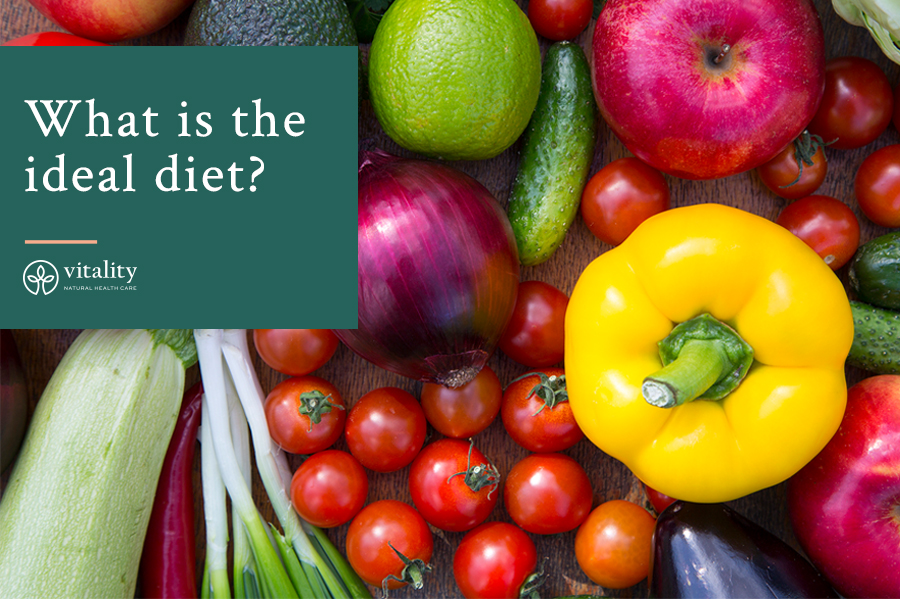Over the years there have been countless ways of eating have been advertised as the “ideal diet”.
They are sold to us as miracle cures to illness and inflammation, weight loss, and fountains of youth, and while these diets may work for some, they aren’t helpful for everyone.
So what is the ideal diet or nutrition plan?
The ideal diet and nutrition plan is the one that works for your body and includes the following:
1. Eat intuitively
The ideal diet is one that works for you and your body. Your needs will vary based on your level of physical activity, the environment in which you live, and the current state of your health so it’s important to listen to your body and understand your cravings.
Listening to your body can be a challenge initially – there’s a lot going on in there! It may be a little easier, however, if you utilize the spiritual practices I recommend, like meditation. These help you to slow down and become more aware of different bodily sensations and cravings, so you have a better understanding of what you need in each moment.
Your body is wise and will crave what it needs.
Sometimes those needs are based on imbalances, like adrenal fatigue, stress, and emotional comfort. Other times, those needs are based on what you need nutritionally to nourish yourself and maintain optimal health.
2. Enjoy a variety of locally grown fruits and vegetables
Our bodies are adaptive. This means that our needs fluctuate based on the climate and environment we live in. For example, here in Arizona, the air is very dry, so those of us who live here need to eat lots of hydrating fruits and vegetables. It just so happens that the foods that we need to thrive in this climate are the foods that grow locally.
If you can, take the time to visit your local farmer’s market and purchase foods that grow in your area. These will be fresher and sometimes more nutrient dense than fruits and vegetables that have to travel hundreds of miles to get to you.
As you are purchasing local foods, find out about the soil they are grown in. I recently noticed that many of my patients had high levels of thallium and cesium in their bodies. These are radioactive metals that they were consuming in cruciferous vegetables, like cabbage, brussel sprouts, cauliflower, and broccoli. These are all healthy vegetables that I recommend often because they help to cleanse the body, prevent cancer, and recycle hormones,but they were being grown in toxic soil.
That said, it’s important to pay attention to your body and also pay attention to where your food is grown and sourced.
3. Reduce foods that cause inflammation
I don’t recommend dieting or following strict ways of eating like the paleo and ketogenic diet. I do, however, believe the ideal diet is one that limits foods that contribute to internal inflammation because internal inflammation can lead to disease. These foods are gluten, dairy, refined sugar and genetically modified (GMO) foods like corn and soy.
I also recommend eliminating trans fats and hydrogenated fats as these have been proven to be detrimental to our health.
This is the way I eat and the way I recommend my patients approach food and eating.
If you want more specific food and eating recommendations, I recommend reading Dr. Mark Hyman’s book, “Food: What the Heck Should I Eat.” It is one of the most coherent, well-informed, well-researched, and practical guides to food and eating that I’ve found. It’s a great companion to this blog post.
You can also come back here next week for the third blog post in my series on food and nutrition. I’ll be sharing how to eat a balanced diet using the principles of Chinese medicine, yin and yang.
It’s perfect for those of you who may be struggling with illness and in need of a way to bring more balance to your body through your diet.
I hope to “see” you back here soon!
xo,


